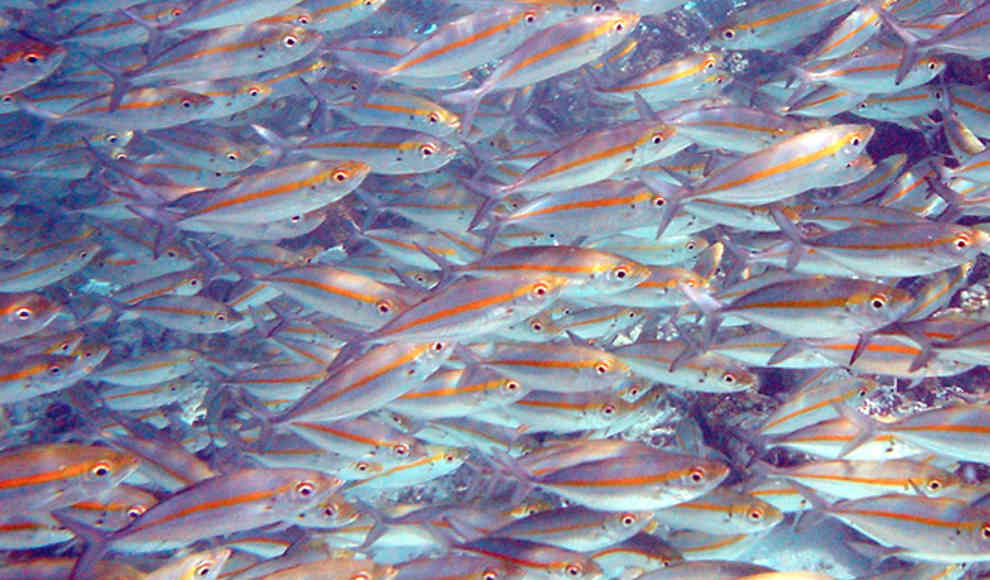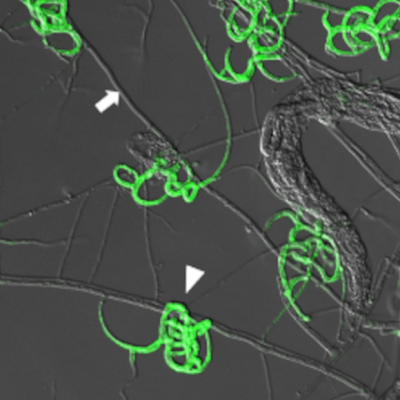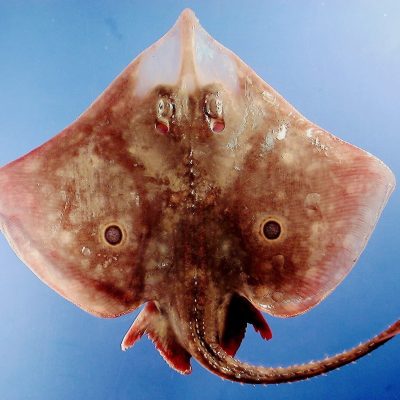Silver fish such as sardines, herrings, and sprats have a unique way of tricking predators by avoiding the optical effect of polarisation. When light hits reflective surfaces like water, it not only reflects but also polarises. However, these fish have developed a way to outsmart this optical effect. Researchers from the University of Bristol discovered that the skin of silver fish consists of a multi-layered structure of guanine crystals. They found that two different types of guanine crystals occur in these fish, which differ in their optical properties. The combination of these crystal types on the fish’s skin prevents polarisation, making it an ideal camouflage.
According to Nicholas Roberts, one of the researchers involved in the study, these fish have developed this unique multi-layered structure to hide from predators such as dolphins or tuna. The combination of different guanine crystals maximises the fish’s reflection from all angles, helping it to adapt to the open ocean environment and increasing the likelihood of not being seen. This sophisticated combination of different guanine crystals could lead to new applications in modern optics, such as developing complex reflectors for better efficiency in optical devices like LEDs or fibre optic cables.
This discovery offers a new way to develop materials with ideal optical properties for non-polarising reflectors, which are currently used in many modern optical devices. The researchers believe that this mechanism could lead to new applications in the field of optics, and it could also help us to better understand how animals adapt to their environment. The study highlights the importance of understanding the natural world and how it can inspire new technologies.










